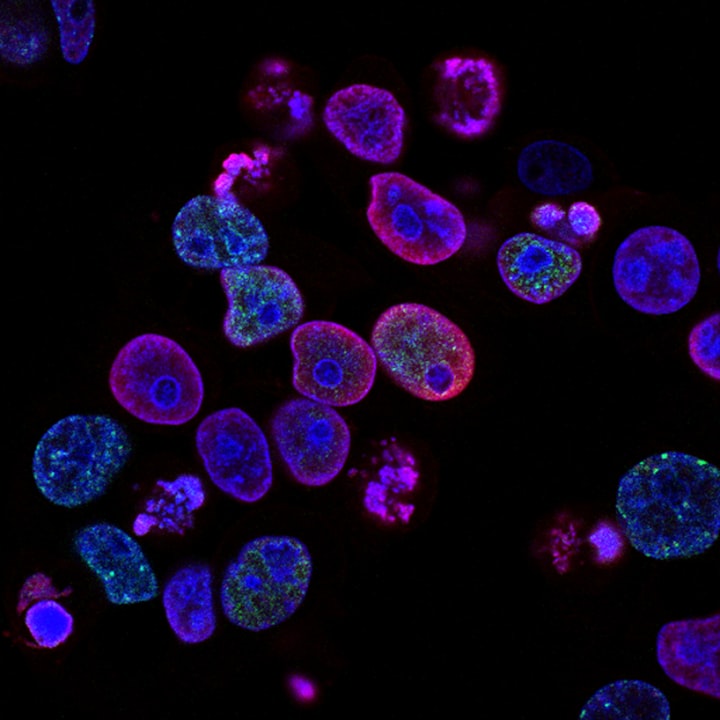
The vast expanse of Death Valley National Park, scorching under the desert sun, might seem an unlikely haven for rare aquatic life. Yet, nestled amidst the parched landscape lies a sanctuary for a minuscule marvel - the Devils Hole pupfish. This fish, barely exceeding an inch in length, holds the unenviable title of one of the world's rarest vertebrates, clinging to existence in a precarious balance.
The Devils Hole pupfish resides in a one-of-a-kind ecosystem - Devil's Hole, a spring-fed pool with crystal-clear water. This isolation has fostered a unique evolutionary journey, with the pupfish adapting to the specific conditions of the pool over millennia. Dating back 10,000 to 20,000 years, these fish are living fossils, a testament to the tenacity of life.
Despite their resilience, the Devils Hole pupfish teeters on the brink of extinction. Their minuscule population fluctuates with environmental changes. In 2022 and 2023, a glimmer of hope emerged with a 22-year high of 175 pupfish. However, this remains a precariously small number, vulnerable to any disruption in their delicate habitat.
What factors threaten the Devils Hole pupfish? The primary culprit is the fluctuation of water levels. Groundwater pumping for human consumption has significantly impacted the natural flow feeding Devil's Hole. This disrupts the pupfish's spawning habitat and exposes them to predators like predatory insects and non-native fish species.
Conservation efforts are underway to safeguard these tiny titans. Stringent management of groundwater withdrawal is crucial. Additionally, scientists meticulously monitor the pupfish population and have even resorted to captive breeding programs to bolster their numbers. Releasing captive-bred pupfish back into Devil's Hole, however, requires careful consideration to avoid disrupting the fragile ecosystem.
The Devils Hole pupfish story transcends the fate of a single species. It serves as a stark reminder of the interconnectedness of our planet's ecosystems. The fight to save these fish is a fight to preserve biodiversity and the delicate balance of desert ecosystems.
The Marvel of Adaptation
The Devils Hole pupfish is a testament to the marvels of evolution and adaptation. Endemic to the isolated Devils Hole cavern, these pupfish have adapted to survive in one of the most inhospitable environments on the planet. With temperatures soaring above 90°F (32°C) and dissolved oxygen levels plummeting, their survival is nothing short of miraculous.
Here's what you can do to help:
• Raise awareness: Spreading the word about the Devils Hole pupfish and the threats they face can garner public support for conservation efforts.
• Support conservation organizations: Several organizations are dedicated to protecting endangered species like the Devils Hole pupfish. Consider donating or volunteering your time to these worthy causes.
• Be mindful of water consumption: Water conservation is vital not just for our own needs but for the survival of fragile ecosystems like Devil's Hole.
The Devils Hole pupfish may be tiny, but their fight for survival is a story of immense significance. By understanding their plight and supporting conservation efforts, we can ensure that these remarkable creatures continue to grace the waters of Death Valley for generations to come.
The latest news regarding the Devils Hole pupfish comes from the fall count conducted in 2022 [National Park Service]. This count revealed a positive development: 263 pupfish, marking the highest population observed in 19 years.
This increase is particularly noteworthy considering the historical lows. Prior to the 1990s, populations hovered around 400-500, but plummeted in the following decades, reaching a critical low of just 35 fish in 2013 [Men's Journal].
Scientists are still piecing together the reasons behind this recent rise. Some theories suggest a role for the July 2021 flash flood, which introduced a significant amount of nutrients into the Devils Hole ecosystem [Men's Journal]. However, further research is needed to confirm this hypothesis.
The positive count signifies a crucial turning point, but it's important to remember that the Devils Hole pupfish remains critically endangered. Conservation efforts like managing water withdrawal and monitoring the population will continue to be essential for their long-term survival.
About the Creator
sanjeevan
I'm a blogger and knowledge about blogging is a valuable asset in today's digital world. Blogging is a powerful way to share your voice and expertise, build a following, and establish yourself as a thought leader in industry.





Comments
There are no comments for this story
Be the first to respond and start the conversation.